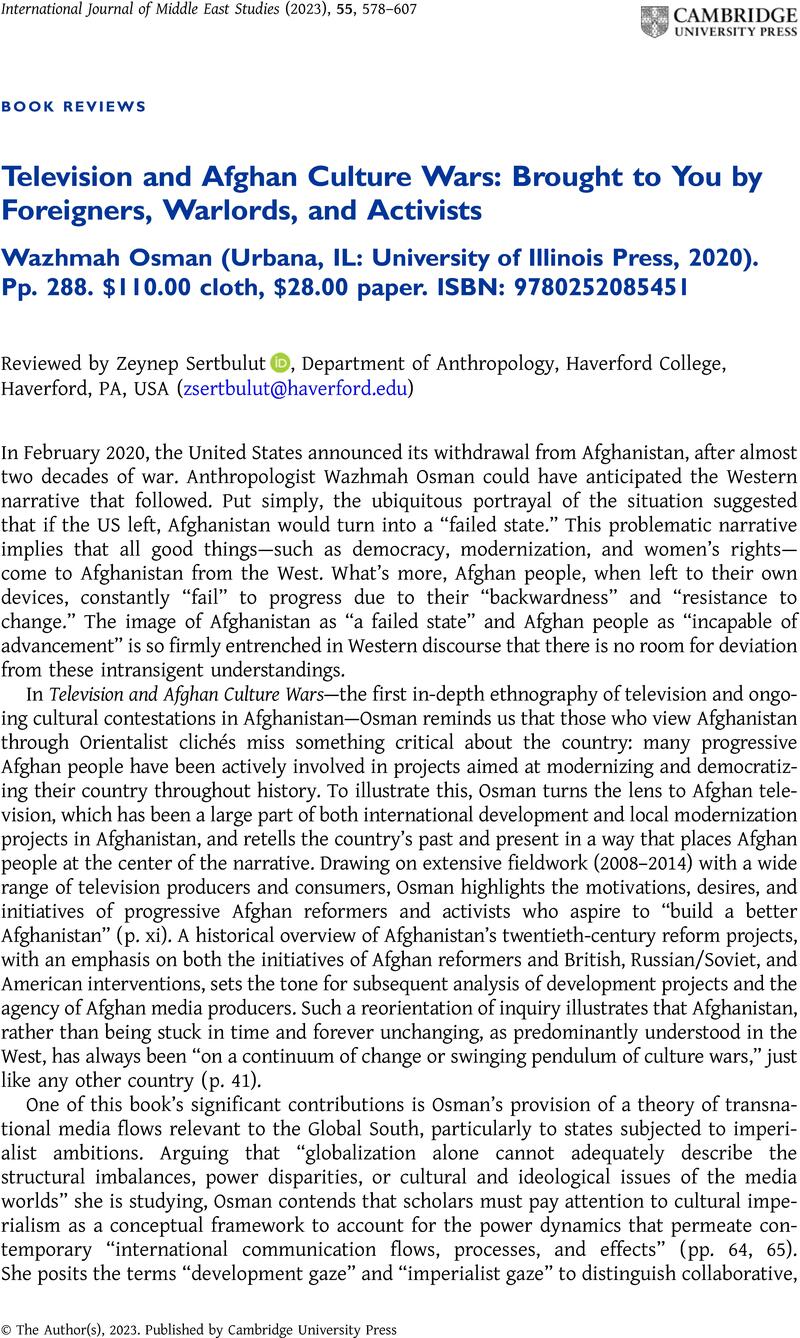No CrossRef data available.
Published online by Cambridge University Press: 22 September 2023

1 Ginsburg, Faye, Abu-Lughod, Lila, and Larkin, Brian, Media Worlds: Anthropology on New Terrain (Berkeley: University of California Press, 2002)CrossRefGoogle Scholar.
2 Marcus, George E., Cultural Producers in Perilous States: Editing Events, Documenting Change (Chicago: University of Chicago Press, 1997)Google Scholar.